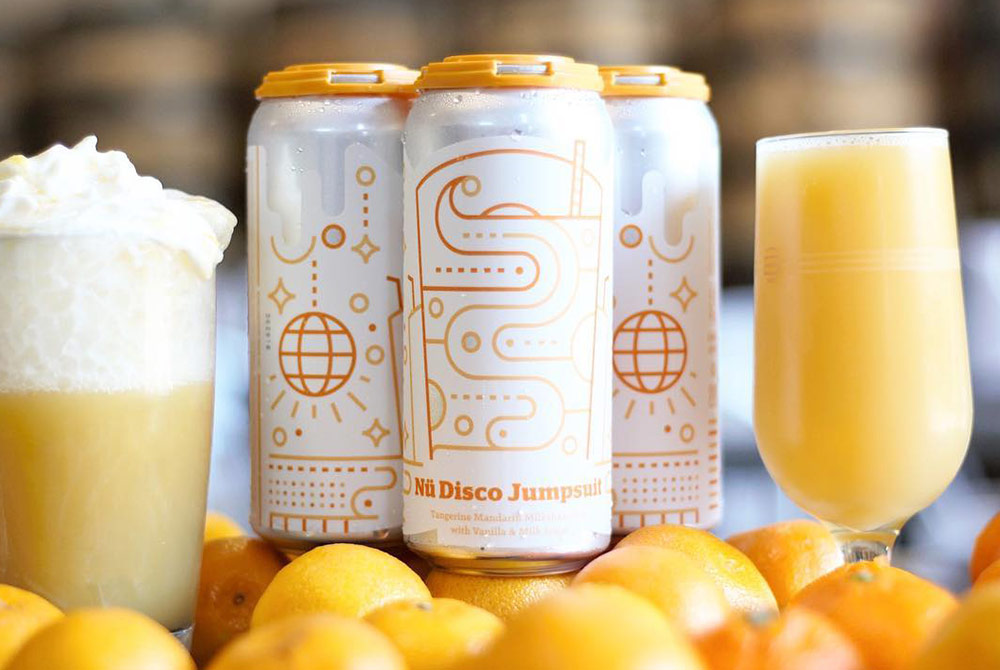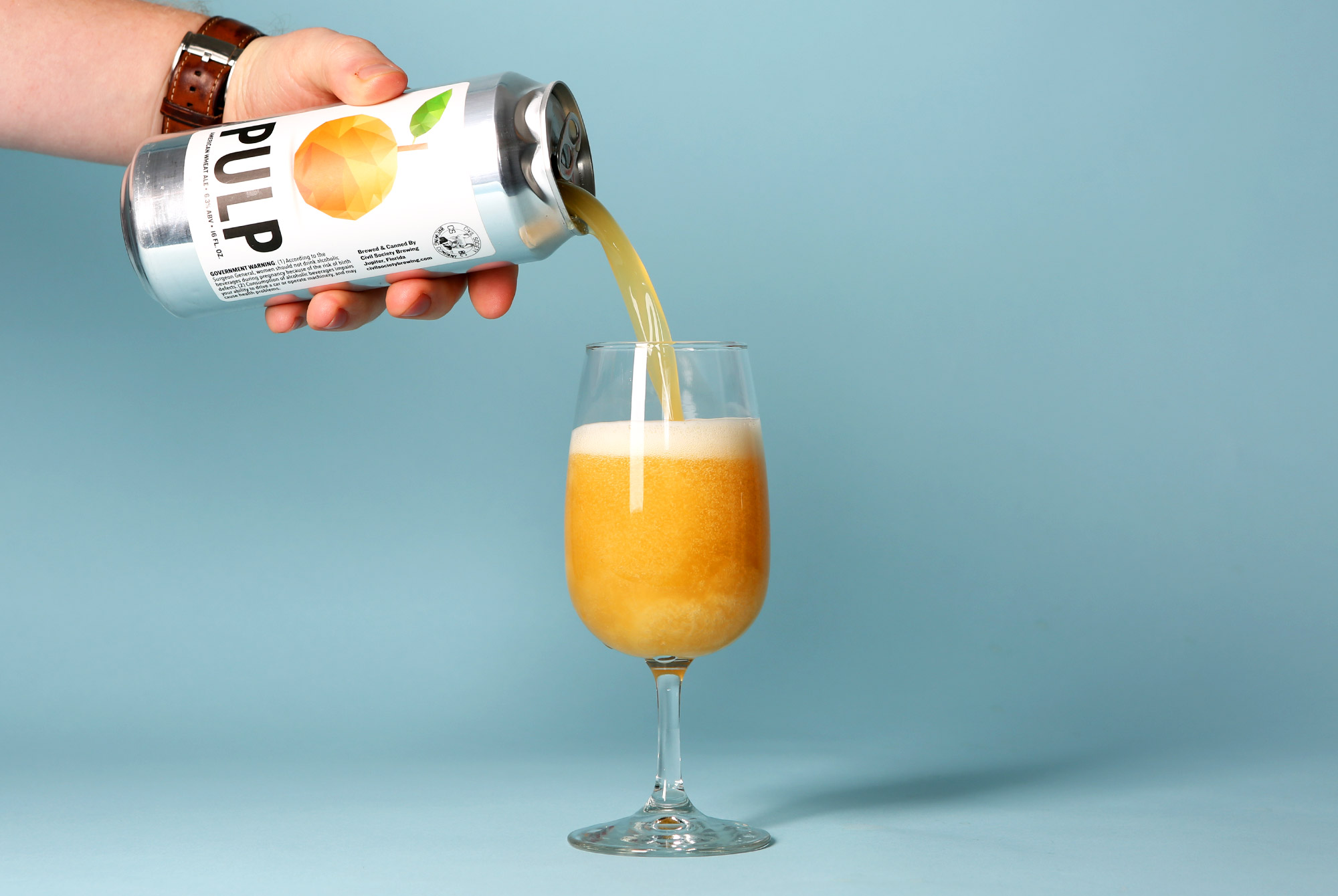Shop
The Best Beer from the Vermont Brewers Festival
How the state that invented the modern IPA is pushing the style.
If you’re feeling disillusioned with craft beer’s overwhelming emphasis on IPAs differentiated only by hop bills and offhandedly wacky supplementary elements, book yourself a trip to the Vermont Brewers Festival, held annually on Burlington’s scenic waterfront; you’ll walk away with a revitalized sense of what beer can be, and should be, after sampling pours from the best breweries that call the Green Mountain State home. You’ll also be pretty well soused, though less so in 2018 than you’d expect from the region largely responsible for pioneering new directions for craft beer’s most popular and oversaturated style.
Use “Vermont” in a sentence with “beer,” and likely you’ll conjure up names like Heady Topper and Sip of Sunshine, two brews whose influence is still felt long after their individual heydays. The respective flagships of The Alchemist and Lawson’s Finest Liquids remain gold standards for India Pale Ale even in 2018. But this year’s Vermont Brewers Festival suggests that brewers, and craft beer drinkers, are growing wary of everyone’s favorite hop delivery vehicle, turning their attentions to other styles that deemphasize combinations of hop varietals in favor of tart, funky, earthy, fruity, altogether fresh offerings. Sours, wild ales, saisons, and Goses stand out among the pack, each dosed with a range of components to add nuance and foster new drinking experiences for beer geeks and casual beer lovers alike.
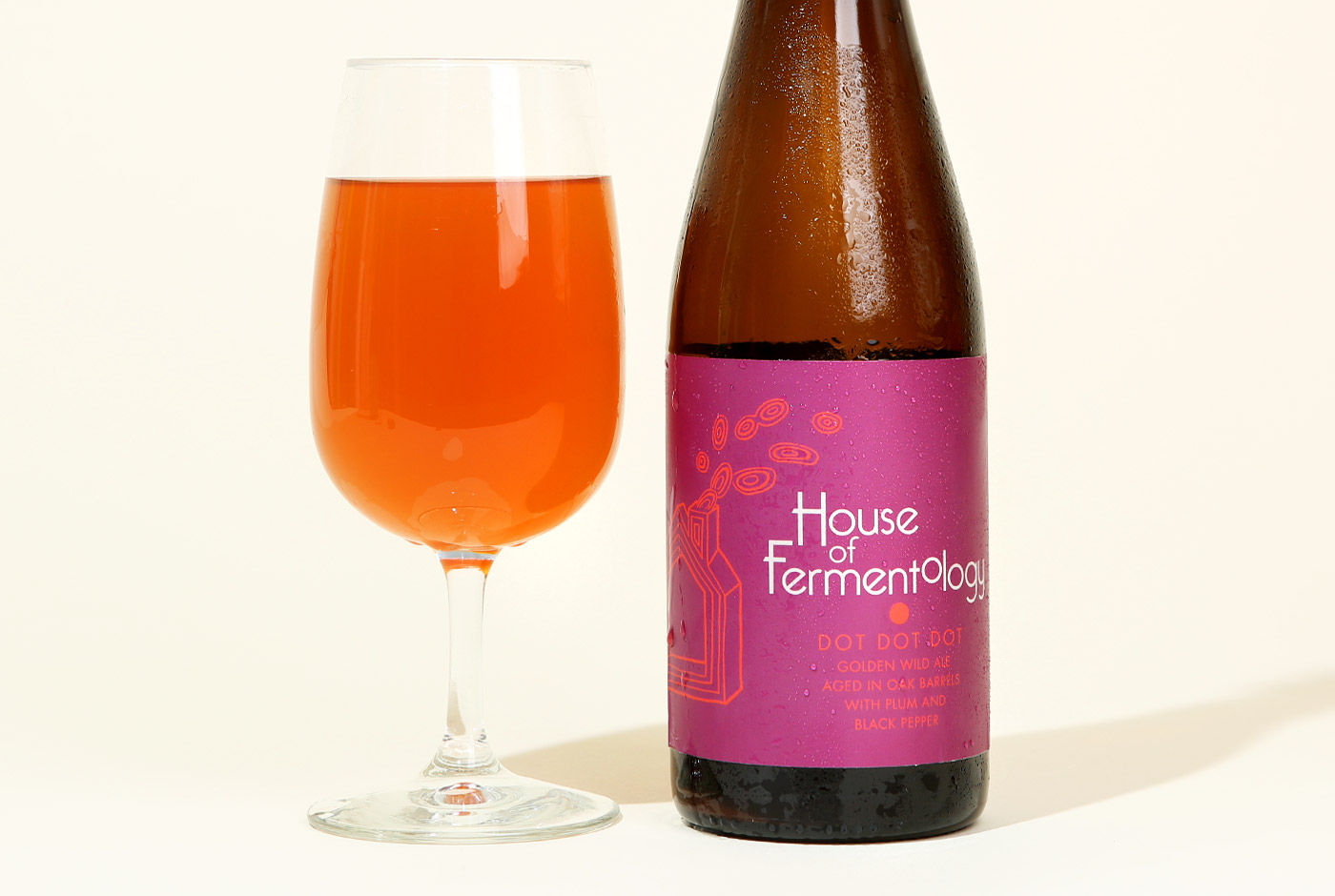
Take Burlington’s Foam Brewers, who brought kegs of Superorganism, a wild ale made with lactose (one of the latest hot trends in craft beer), boasting hints of guava and mango without over-asserting those flavors, as well as the latest House of Fermentology brew, Silver Dot, a wild ale aged in oak foeders and humming with cherry notes. (Technically, House of Fermentology is now its own brewery, but it will soon be brought into the Foam fold.) Drop-In Brewing Company, Farnham Ale & Lager, and Burlington Beer Co. each brought key lime Goses. Even Alchemist came equipped with a batch of Wild Child aged on fresh strawberries harvested from Sam Mazza’s Farm Market in Colchester.
Not that the king of all beer styles didn’t show up in force. Nearly every brewery came armed with an IPA, with notable exceptions, like St. Alban’s 14th Star Brewing Co., squeaking by just on session IPAs. By contrast, some, such as River Roost, came with only IPAs. Straddling the middle, Burlington Beer Co. brought an armada of hoppy beers, including a quartet of milkshake IPAs, but compared to other’s, their menu was about variety. “We considered all our different flagship IPAs and double IPAs,” says BBC owner Joe Lemnah, “but most times people can come to the brewery or go to stores and get those, so we wanted to bring more summer seasonals.” Having a selection of beers with gentler ABVs is important for celebrating Vermont summer days: “Those are all 4.5%, 6%. Even the milkshakes are 6%.”
That’s perfect for an event like this; no one wants drunken herds trampling Battery Park. Maybe that’s why easy drinking coalesced into the festival’s unifying thread. Alchemist’s Eric Spurrell makes Heady Topper all day, every day, but speaking to him at the Alchemist tent, he’s visibly more excited to show off Strawberry Wild Child. “It is so amazing,” he gushes. “And you won’t be able to try it unless you’re here. We kicked a keg in an hour and a half last session. It’s unbelievable.”
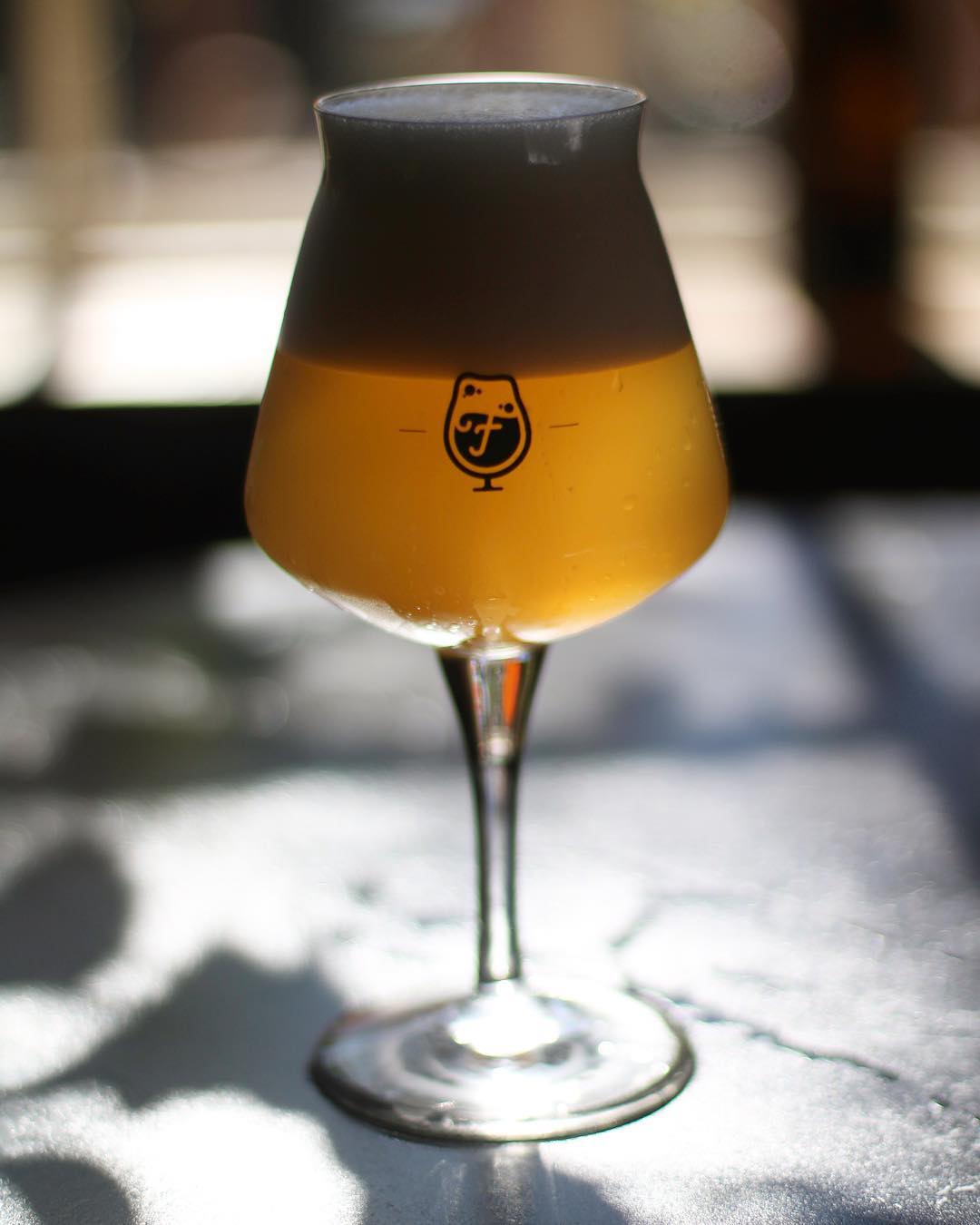
Foam’s Jon Farmer feels the same way about Superorganism as Spurrell does about Wild Child: It’s the beer he most wanted to showcase, “something that’s really light, refreshing, has a nice tartness that cuts through the heat a little bit, lower ABV, something that we would wanna drink.” That’s nearly always the case, of course; brewers often claim they make the kind of beer they like to drink. But bringing the beer the crowd expects still matters. “We were actually initially going to bring a pilsner as well,” he says, “but we’ve gotten a bit of a name for ourselves for hoppy beers, so we thought people might get pretty frustrated if we showed up and didn’t have one.” Coming to a beer festival without an IPA is not unlike bringing a knife to a gunfight. “You have to have an IPA. You have to!” says Four Quarters’ Brian Eckert. “But all of our other stuff sells better, except Space Force sold crazy, I think mostly because of the marketing behind it.” (Space Force: The double IPA that “trumps” all other IPAs, with Galaxy, Comet, and “MAGA…num” hops. You figure it out.)
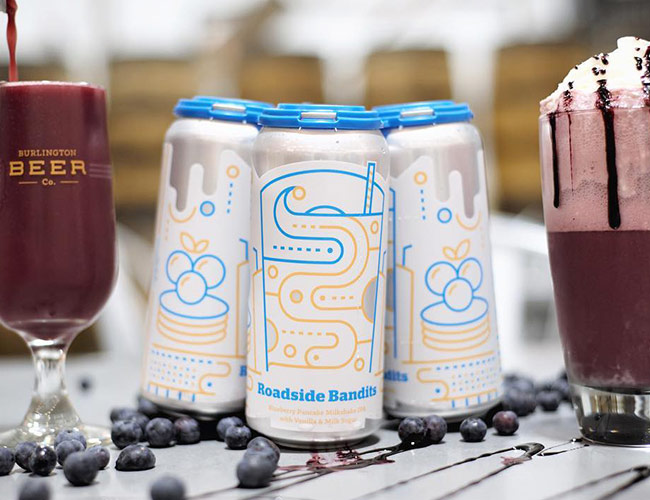
There’s a lively tension between industry staples and new horizons. Years into IPA’s reign in craft beer hierarchy, the style continues to provide fertile creative ground; see the aforementioned BBC milkshake IPAs, especially Roadside Bandits, made with two hundred pounds of De Wafelbakkers’ Frozen Pancakes for doughy, delicious effect. That’s a nod to Lemnah’s aesthetic as a brewer: “It’s beer, guys. Have some fun! We’re not curing cancer,” he says with a laugh. “We’re having some beers, man! We’re brewing, we’re having fun with the ingredients that are out there.” Eckert, on the other hand, defines the IPA as being all about the process. “Everyone knows what it’s supposed to be like. People will still seek out the IPAs,” he explains, “but . . . once you’ve had one, if they do it the right way, they’re all going to pretty much taste very similar.”
Turns out that strong perspectives produce strong results: Among the other excellent, admirable breweries on site, BBC and Four Quarters stood out for their passion, because passion translates to the beer. Four Quarters’ Noche Oscura, Phaze, and S’Mores Stout each feel distinct from other beers in the same categories; Noche Oscura shows how to properly introduce heat to beer without overpowering all other ingredients, Phaze demonstrates a sterling example of IPA done well, and the S’Mores Stout is dessert in a glass. BBC’s milkshakes, meanwhile, remind us of the IPA’s versatility; you can throw strawberries into one beer, tangerines into another, and breakfast pastry into yet another, and if they each read as toothsome and chewy (pleasantly so), you’d have a hard time relating them on other levels.
Rounding out Four Quarters’ and BBC: Foam’s Superorganism, a beer with a nose like a barnyard (in a good way, if you can imagine) that’s crisp and effervescent on the palate, Alchemist’s Strawberry Wild Child, which takes you straight from the festival grounds to Mazza’s strawberry patch, and Stone Corral Brewery’s Im-Peach-Mint, less a beer and more a revitalizing cocktail, described in the festival notes as “an oddly orange brew with notes of irony, poetic justice, peaches and locally grown apple mint.” (If political commentary in craft beer surprises you, you’ve not spent enough time drinking in Vermont.)
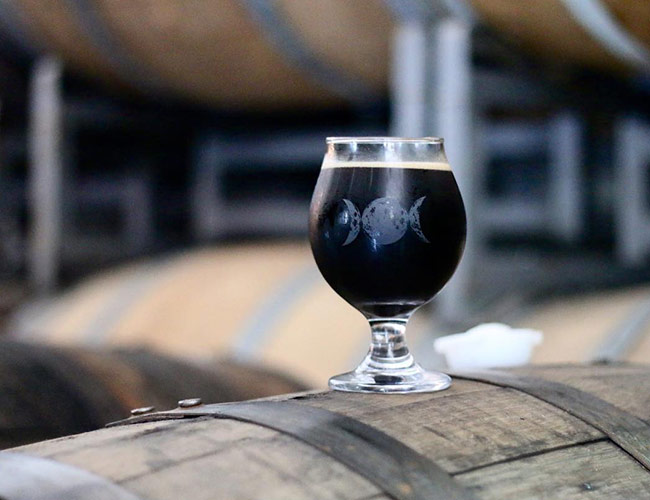
The message here is clear: Tastes change and trends evolve. As IPAs grow hazier and opaque, as lactose finds its way into more styles, and as craft beer drinkers slowly come to crave more from their beer than hop explosions, the brewers who best understand their beer will push envelopes by being themselves. Eckert and Farmer see brewing in relationship with cooking, where ingredients work if they’re used the right way and in the right volume. Alchemist’s John Kimmich, not present in person but definitely in spirit, lets his eclectic sensibility take his beer where it may, and to routinely superb results. And Lemnah just wants his patrons to have a good time. “It’s all about making the experience for the festival goers the best,” he says with a smile. “Might as well have fun while we’re all having fun.”
Liked this article? Sign up for our newsletter to get the best craft beer writing on the web delivered straight to your inbox.

